The Chevron B23, introduced in 1973, was a significant milestone in the evolution of sports prototype racing cars. Designed by Derek Bennett, the founder of Chevron Cars Ltd., the Chevron B23 was an evolution of its predecessors, the B19 and B21, incorporating refined aerodynamics and improved suspension geometry to enhance performance on the track.
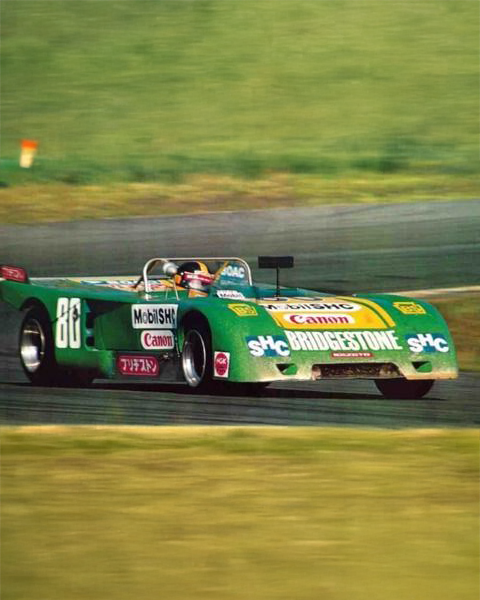
About Chevron Car Ltd:
Chevron Cars Ltd., established in 1965 by Derek Bennett, is a renowned British manufacturer of racing cars. Bennett, a self-taught engineer and accomplished amateur racer, began his journey in Manchester, England, where he was born in 1933. His early ventures included building and driving his own racing cars, which laid the foundation for Chevron’s inception.
The company’s first creation, the Chevron B1, was a Clubmans formula car built in a modest garage in Bolton. This initial endeavor marked the beginning of a series of successful designs that would make a significant impact on the racing world.
Throughout the late 1960s and 1970s, Chevron gained acclaim for its small-capacity sports cars and single-seater models, including those in Formula Two, Formula Three, and Formula 5000 categories. Notably, in 1973, a Chevron F5000 triumphed over a field of Formula One cars at the Race of Champions, highlighting the marque’s engineering excellence.
The untimely death of Derek Bennett in a hang-gliding accident in 1978 was a significant setback for the company. Despite this loss, Chevron continued operations, producing various models and maintaining its presence in the racing community. Over the years, the company underwent several ownership changes but remained committed to its legacy of crafting high-performance racing cars.
Today, Chevron Cars Ltd. continues to honor Bennett’s legacy by producing continuation models of its classic designs and supporting historic racing events. The company’s enduring commitment to quality and performance ensures that the Chevron name remains synonymous with racing excellence.
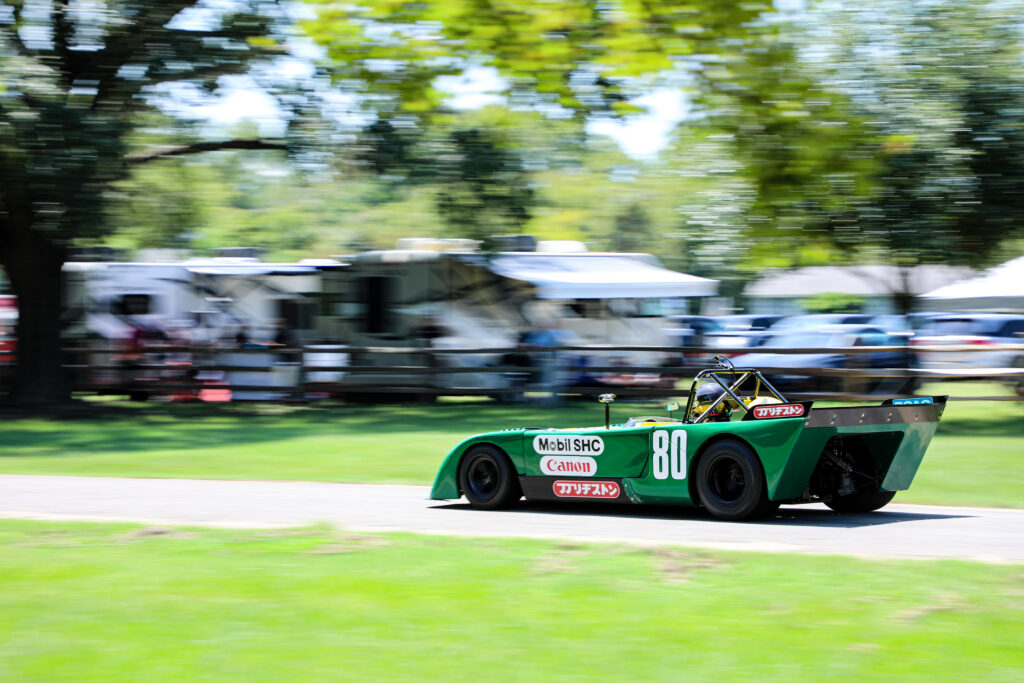
The Chevron B23
The Chevron B23 featured an aluminum-reinforced steel tubular space frame chassis covered with lightweight fiberglass body panels. This construction provided a balance between rigidity and weight savings, which is crucial for competitive racing. The car’s suspension system consisted of double wishbones with coil springs over dampers and an anti-roll bar at the front, while the rear setup included lower wishbones, top links, twin trailing arms, coil springs over dampers, and an anti-roll bar.

Under the hood, the Chevron B23 was typically powered by a 2.0-liter Cosworth four-cylinder engine equipped with Lucas mechanical fuel injection, delivering robust performance and reliability. Some variants were fitted with the 3.0-liter Ford-Cosworth DFV V8 engine, offering even greater power output. The power was transmitted through a Hewland FT-200 five-speed manual gearbox, a popular choice among racing prototypes of that era.
One of the most notable examples of the B23 was chassis number B23-73-19. This particular car was campaigned by the renowned Japanese driver Hiroshi Kazato during the 1973 racing season. Kazato achieved significant success with this chassis, securing a first-place finish at the Fuji International Sportscar Championship on October 10, 1973, and a second-place finish in the Fuji 200 km race on November 23, 1973.
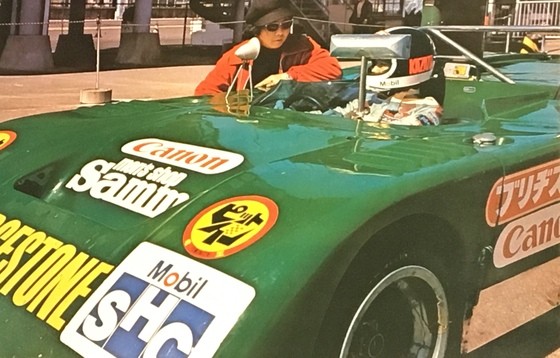
Hiroshi Kazato was a prominent figure in Japanese motorsport. He began his racing career at the age of 19 and quickly made a name for himself. In 1971, he participated in the Can-Am series, driving a Lola T222-Chevrolet and finishing 10th in the championship. He also competed in the European Formula Two Championship during the 1972 and 1973 seasons, scoring seven championship points. Tragically, Kazato’s promising career was cut short when he died at 25 during a Fuji Grand Champion series race in 1974, following a collision that led to significant changes in the Fuji Speedway circuit.
After its initial success, chassis B23-73-19 continued its racing journey, eventually finding its way to the United States. The car underwent a comprehensive restoration by Dave Vegher’s Veloce Motorsports, a process that meticulously returned it to its original 1973 livery and specifications. The restoration was extensive, with records indicating costs well over $150,000.
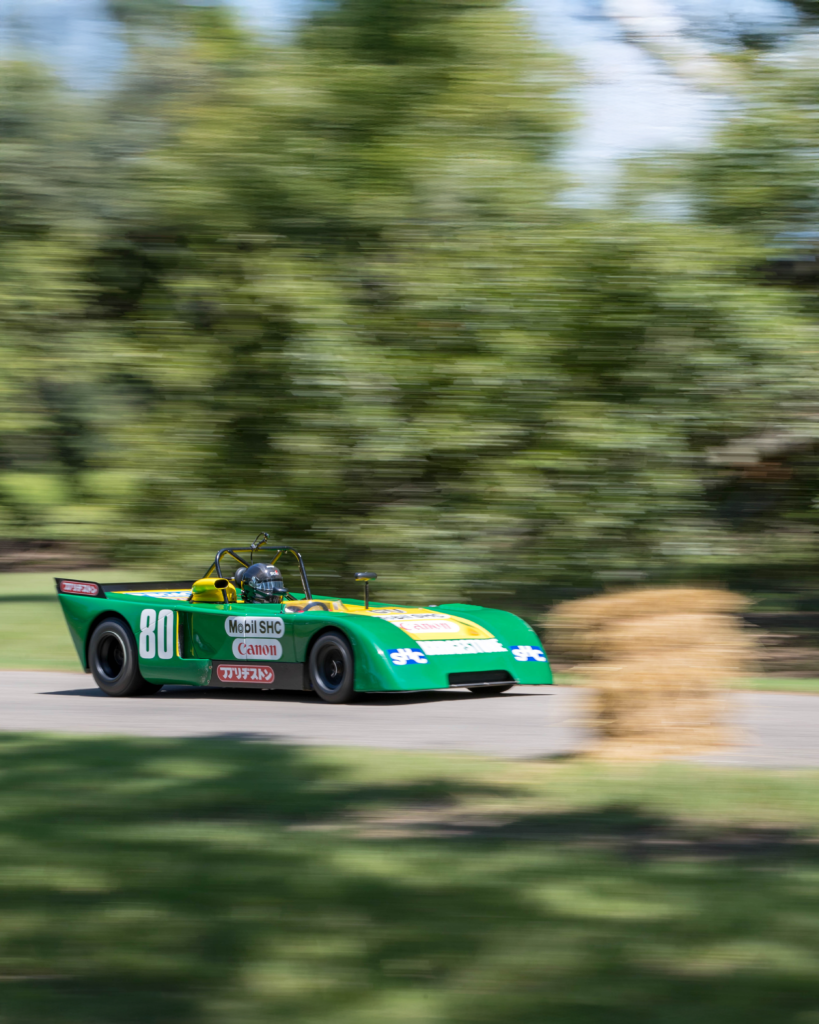
In its contemporary journey, the B23-73-19 has found a dedicated custodian in Paul Haggar. A vintage racing enthusiast, Haggar acquired the car and committed to restoring it to its original 1973 livery. The meticulous restoration process was undertaken to honor the car’s storied past and to ensure its readiness for competitive racing. Post-restoration, the Chevron B23 has graced prestigious events such as the Rolex Monterey Reunion and has been a prominent participant in CVAR (Corinthian Vintage Auto Racing) events across Texas.
Haggar’s ownership of the Chevron B23 exemplifies a deep appreciation for motorsport history and a commitment to preserving the legacy of iconic race cars. Through his efforts, the Chevron B23-73-19 continues to captivate audiences, both for its historical significance and its enduring performance on the track.
Vintage Photos Courtesy of Paul Haggar

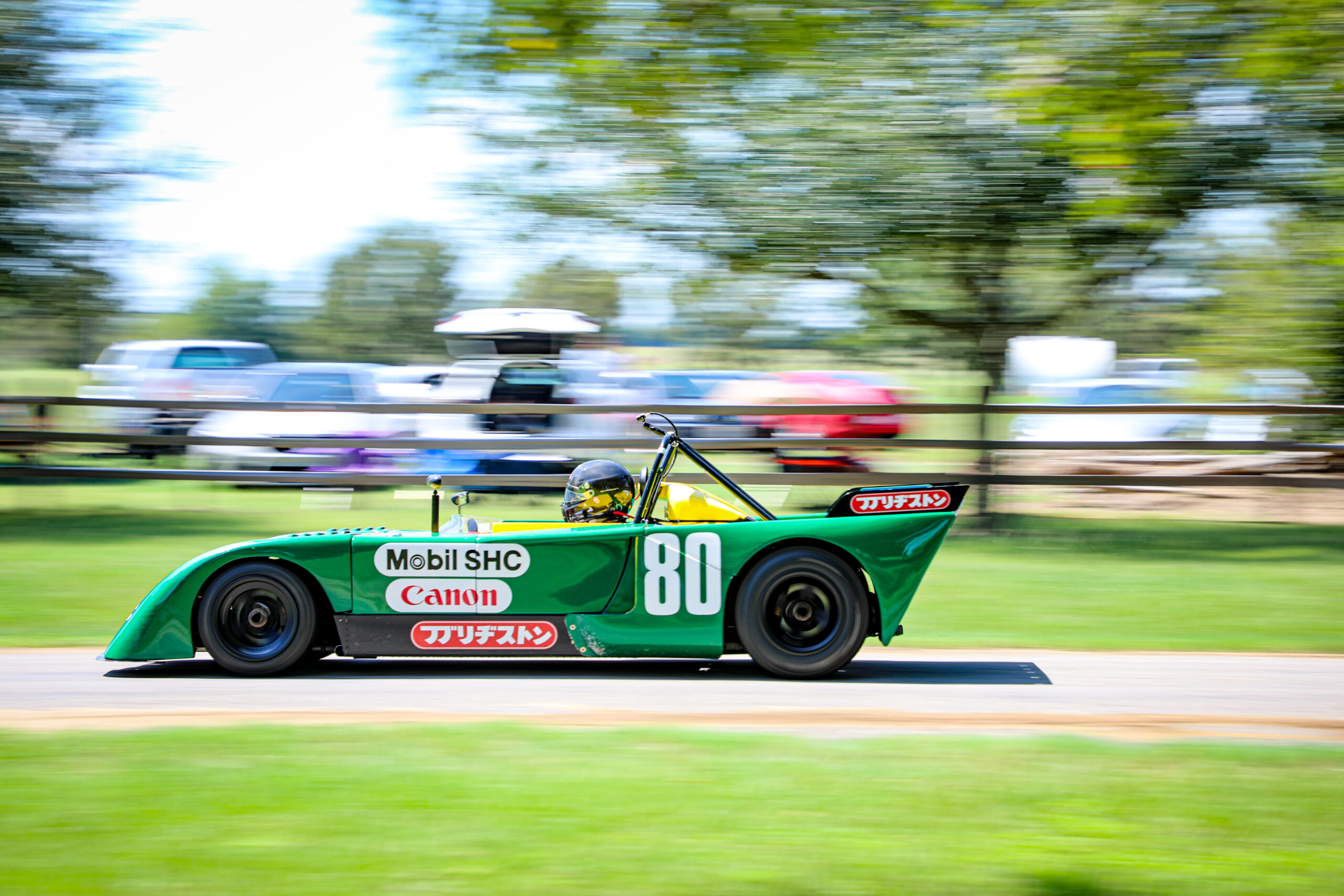
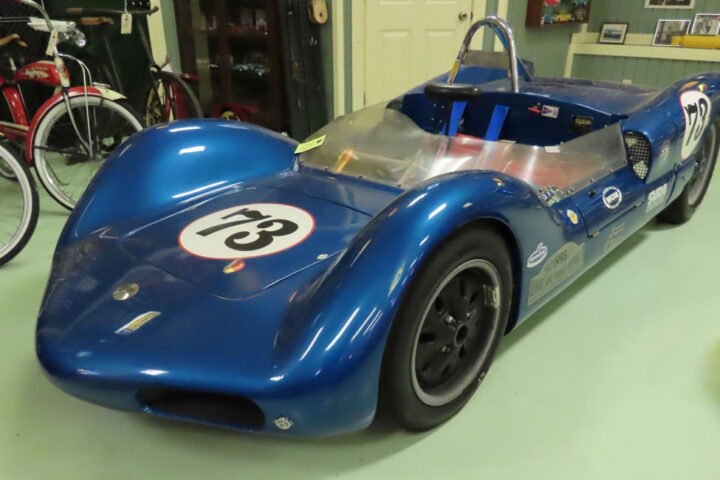

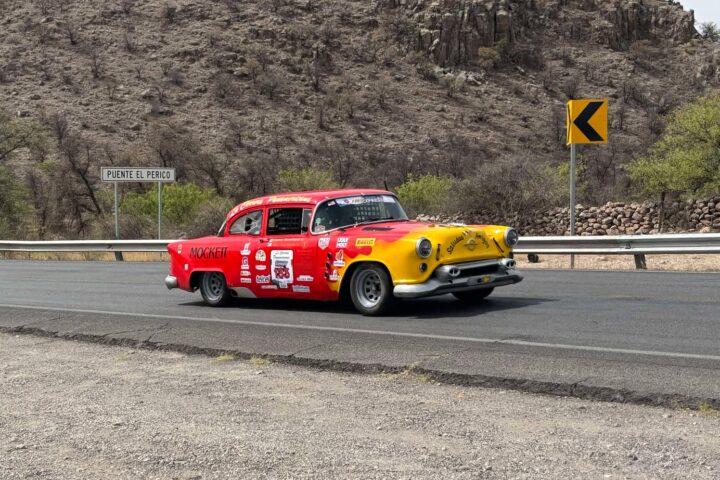

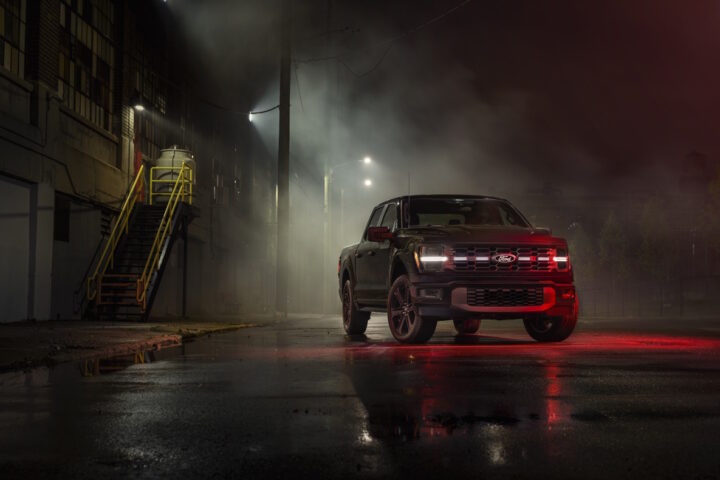
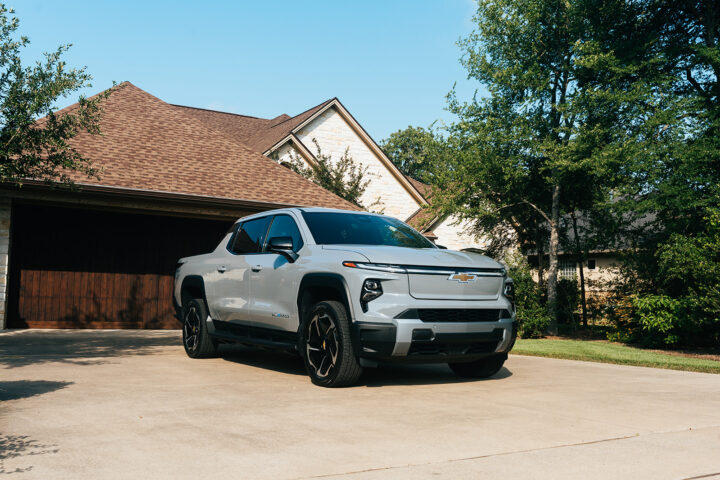
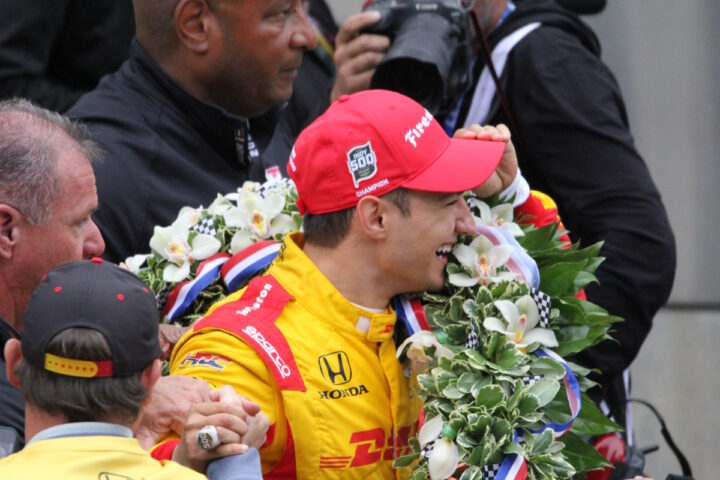
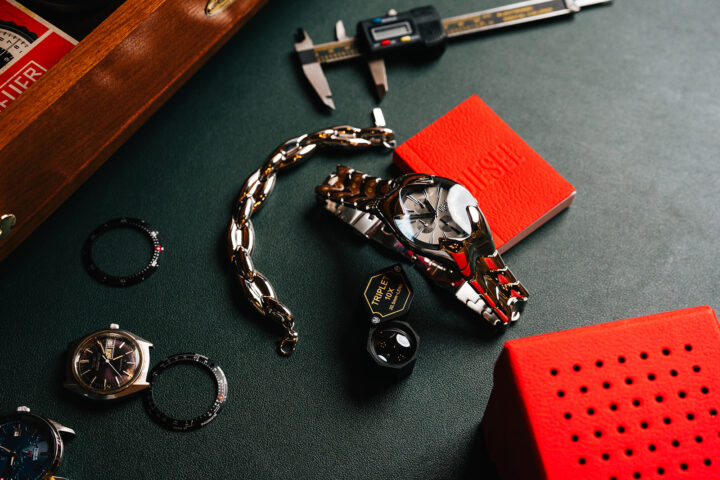
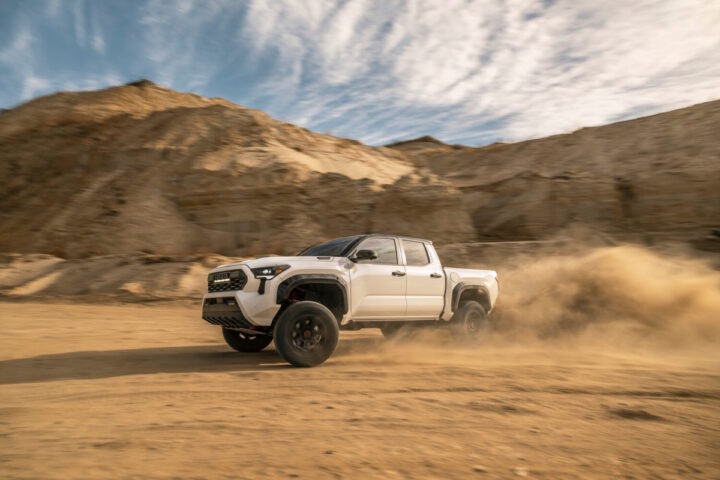
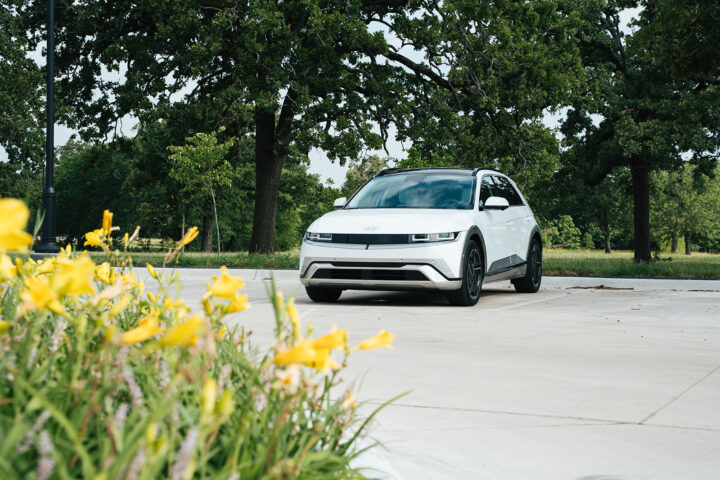
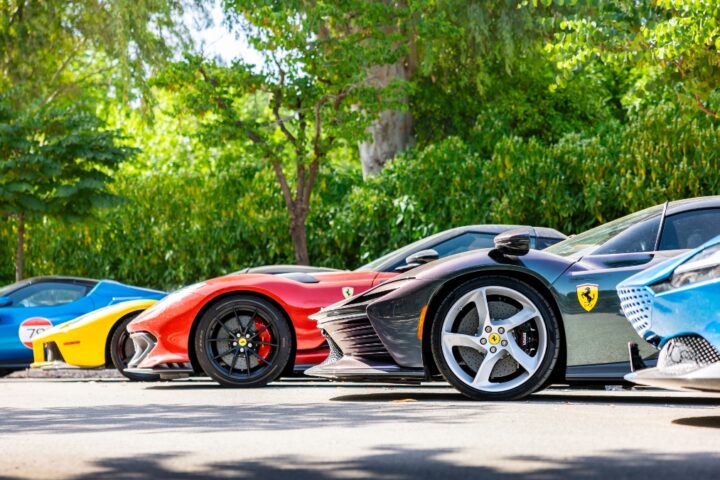
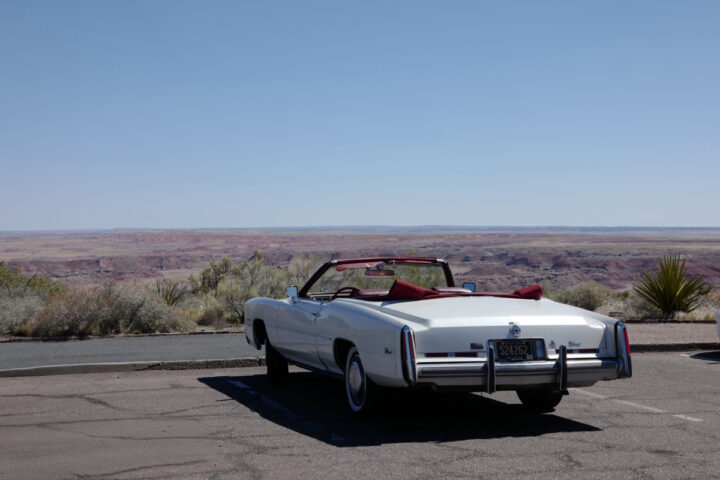







Michael, when are you gonna’ come race with us? It’s fun!
Ricardo,
I am hoping to join later this year with our Formula SuperVee for a series about how to get started in open wheel racing. So I will be in touch soon. Also, stay tuned for some new vintage road course events Richard Tomlin and I are working on with the Groesbeck Sports Car Club.
Such a cool car with a fantastic history
I have seen this car running at CVAR events it is a real piece of rolling history
What a cool story, glad it is still being raced and not sitting in a museum
Love that livery
Never heard of this car, Thanks for sharing.
Can I put headlights on it and make it street legal? WOULD DAILY
I saw this car at Eagle’s Canyon not that long ago, it was restored to perfection and its great that its getting driven.
What a rush to drive something like this, any car of this type, but even more so with the history behind it.
A great looking car, I bet it sounds amazing.
At least he drives it, not just a museum car.